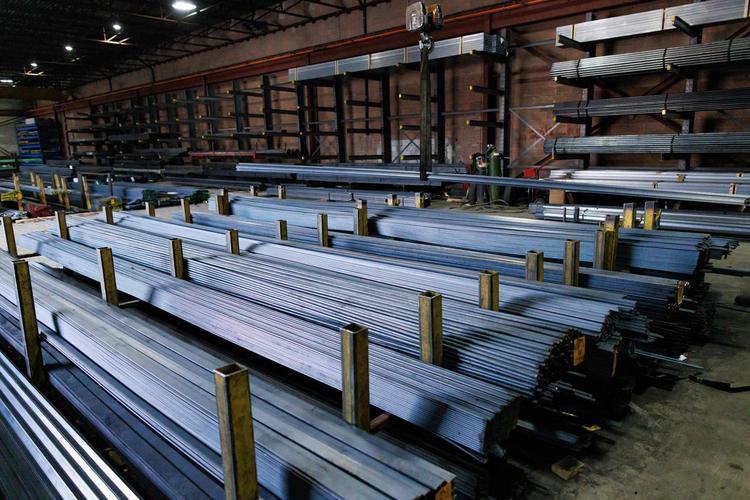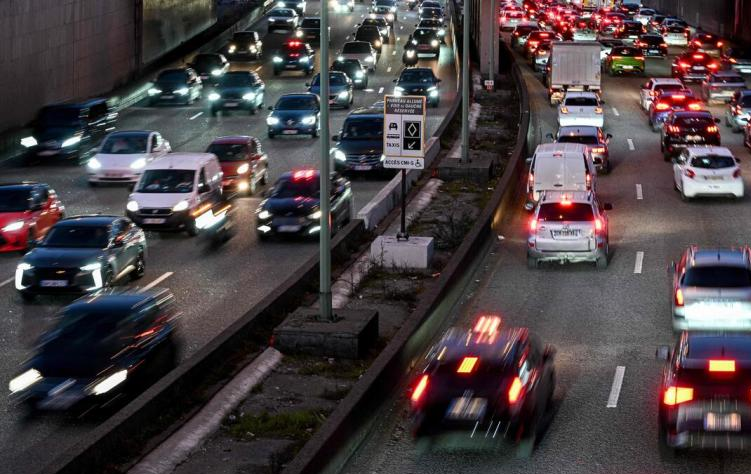
In October 2025, the European Commission rolled out a major trade policy: it plans to double the import tariff on steel beyond the quota from 25% to 50%, and at the same time reduce the annual import quota by 47% from the 2024 level to 18.3 million tons. The new policy will be implemented after the current mechanism expires in June 2026 and has no time limit. This move, interpreted as "benchmarking against US trade protection measures", ostensibly aimed at safeguarding its domestic strategic industries, actually reflects the deep-seated anxiety of the EU regarding industrial competitiveness, internal coordination and the global trade landscape. The chain reaction it has triggered has far exceeded that of the steel industry itself.
The direct driving force behind the policy's introduction is the survival pressure on the EU's steel industry. As a core industry that directly employs 300,000 people and indirectly supports 2.5 million jobs, the current capacity utilization rate of the EU steel industry is only 67%, far below the industry's healthy line of 80%. In the view of the European Union, the low-price competition caused by global steel overcapacity is severely impacting the domestic market. Moreover, the equipment renewal and technological transformation required for low-carbon transformation are extremely costly, urgently requiring policy "blood transfusion". Meanwhile, the United States had previously raised the import tariffs on steel to 25% and 50% respectively, which also made the European Union worried that its domestic market would become a "tax haven". Eventually, it chose to follow suit and build trade barriers.
However, as soon as the policy was announced, internal opposition followed one after another. For the UK, this is almost cutting off the lifeline of its steel industry - the EU absorbs nearly 80% of the UK's steel exports, with an annual export volume of 1.9 million tons, which is nine times the import scale of the US. A senior executive of British steel Company stated directly, "Losing the EU market means no way out at all." The concerns of manufacturing powerhouses like Germany are more widespread: As a basic raw material, the rising cost of steel will be directly passed on to downstream industries such as automobiles and wind power. The European Automobile Manufacturers' Association has issued an urgent warning that the sharp increase in costs could push up the retail price of complete vehicles by several hundred euros, further weakening the competitiveness of automakers in the current context of low consumer confidence and even leading them into a vicious cycle of "rising costs - falling demand".
The contradiction between inflationary pressure and economic recovery has further exacerbated the policy controversy. The inflation rate in the eurozone reached 2.2% in September, exceeding the target level of the European Central Bank. As the "food" of manufacturing, the price fluctuations of steel will permeate multiple areas of people's livelihood through the industrial chain. The German vice chancellor made it clear that against the backdrop of a weak economy expected to grow by only 0.2%, the rise in raw material costs may slow down the overall recovery pace. This price of "protecting the upstream at the expense of the downstream" has made the support from France and the other ten countries seem particularly weak.
From the perspective of global trade, this move by the EU conceals multiple risks. The policy clearly emphasizes the strengthening of the origin traceability mechanism, requiring the disclosure of the specific origins of iron ore and coking coal to prevent "circumvention behavior", and its targeted nature is self-evident. This not only may trigger countermeasures from major steel-exporting countries such as China and South Korea, which has already fallen into anxiety due to the EU being its largest export market, but will also intensify the trend of global industrial chain fragmentation. At present, when the oil trade between Russia and India is settled in RMB and the hegemony of the US dollar is being challenged, the trade protection tendency of the European Union contrasts sharply with the trend of globalization.
What is even more alarming is that building a wall of tariffs cannot solve the fundamental predicament of the EU's steel industry. The core shortcoming lies in the high energy cost - the production model that relies on natural gas for steelmaking makes its cost much higher than that of competitors that use coal for steelmaking. This structural problem cannot be remedied by tariffs alone. The funding gap and technological bottlenecks in the low-carbon transformation require systematic industrial policy support rather than simply shielding external competition. Thyssenkrupp of Germany has initiated a restructuring plan to lay off 11,000 employees due to cost pressure, confirming that protective policies cannot replace internal reforms.
The current policy still needs to be reviewed by both the European Parliament and the Council of the European Union, and there is still room for adjustment. For the EU, a more rational choice might be to strike a balance between limited protection and market vitality: in the short term, a window period for policy evaluation can be set up to avoid a "one-size-fits-all" long-term binding. In the long term, efforts should be focused on optimizing the energy structure and making breakthroughs in low-carbon technologies, and reducing the cost of transformation through industrial chain collaboration.
The policy of doubling tariffs might offer a brief respite to the EU's steel industry, but trade protection has never been a long-term solution for the revitalization of the industry. In today's era of deep integration of global division of labor, attempting to isolate competition by "building walls" will ultimately only backfire on one's own manufacturing ecosystem. If the EU fails to face up to the deep-seated contradictions such as energy costs and technological innovation, this policy under the guise of protection is very likely to become a short-sighted move of "picking up sesame seeds and losing watermelons".

The European Commission released a package of measures for the automotive industry on Tuesday (December 16th), proposing to relax the requirements related to the "ban on the sale of fuel vehicles" by 2035.
The European Commission released a package of measures for …
Venezuela's Vice President and Oil Minister Rodriguez said …
On December 16 local time, the Ministry of Space Science Ex…
Recently, a highly anticipated phone call between the defen…
Right now, the world's major central banks are standing at …
Recently, according to Xinhua News Agency, the news of a tr…